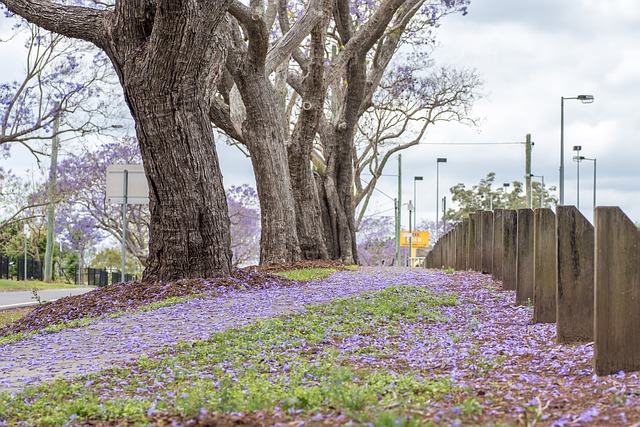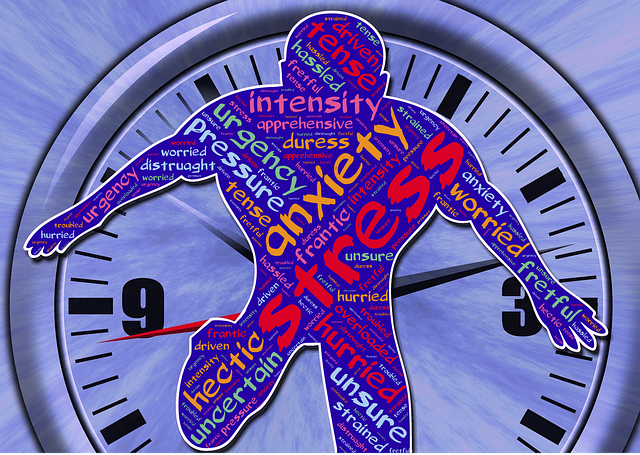Every hour of every day we are assailed by noise that sometimes seems deafening. Christine Jackman eloquently describes this noise pollution in her own busy life. In her book, Turning Down the Noise: The Quiet Power of Silence in a Busy World, she provides insights into the practices and strategies she employed to slow down, quiet the noise and access the power of silence. She describes these quiet practices as “slithers, slices and slabs of silence” (QWeekend, 21-22 November 2020, p.26).
Noise pollution in our lives
We are so often unaware of the intrusiveness, stress, and distraction that noise pollution creates in our lives. In our own homes we are pinged by fridge doors when the doors are left open, by the car when the lights are left on, by our phone when we receive a text message, by the dishwasher & washing machine when a load is completed, by the oven when the programmed time is up, by the computer game when we “score” and by the computer when an email is received. We can also add the ringing of mobile and landline phones, the chimes of the doorbell (or the thud of the metal door knocker), the sound of music/arguments/renovations from our neighbours or the internal air flow noise of our air conditioner (compounded by external sounds of the fan and hot air extractor).
We could reasonably expect that when we are unfortunate enough to be hospitalised that we will have access to quiet time. However, the reality in hospitals is a constant cacophony of sounds – the sound of the food trolley rattling as it does its rounds, of the rolling noise of mobile X-Ray equipment, of bedside monitors, of conversations of patients with visitors, of conversations between nurses and doctors and nurses, of cleaners gathering waste…and so on.
Christine points out in her book that the cumulative effect of these sounds can lead to disorientation, depression, inertia, and an inability to sleep or concentrate. She recommends that we have to break out of the habit of blithely accepting the noises in our life and to take proactive action to remove them or to remove ourselves to engage in some form of creative or collaborative endeavour.
Practices to access the power of silence
One of the challenges is to stop long enough to understand the nature of stillness and access the power of silence. In her book, Christine offers a wide range of practices to access stillness and silence. Here are some of the ones that she found useful and others that form part of my mindfulness practice:
- “Holding space” in conversation – this entails listening for understanding and viewing the interaction with someone else essentially as a shared space whereby you are able to pause long enough to let them occupy the space with their words.
- Observing nature closely – the focus could be a leaf, a bird, a butterfly, a tree or still water. Here the idea is to pay particular attention for a reasonable time to visually absorb what is before you – whether it is something near or distant.
- Using an app to undertake a brief meditation practice – there are a wide range of mindfulness apps that can be used for this purpose. The meditation can be quite brief or extended, depending on how much time you choose to make available for the activity.
- Utilising waiting time for a moment of quietness – I use the process of bringing my fingers from both hands together as a way of focusing on my breath and/or the sensations in my fingertips as they touch each other. We spend so much time in waiting that this idle time provides a great opportunity to appreciate the power of focus, stillness and silence.
- Walking mindfully – a way to slow the busyness of your life is to consciously slow your walking pace and be open to whatever comes to you in that moment.
- Changing your access to media – many authors, including Christine, suggest that we could create space for stillness and silence in our lives by undertaking a “social media diet”. This means restricting the amount of time and frequency of our access to social media.
- Adopt a “Digital Sabbath” – taking a complete rest from your digital technology on one day a week. This is a major ask for people who are addicted to the news and the words, dress, and actions of “social influencers”.
- Breathing meditation – there are many forms of breath meditations but one of them is to tune into your own breathing by noticing the rise and fall of your stomach or chest.
- Tuning into birds – as you walk outside your house, listen attentively to the singing of the birds around you.
Reflection
Developing the practice of accessing stillness and silence throughout the day can have considerable benefits for our mental and physical health, as well as for our ecology. Acoustic ecologist, Gordon Hempton warns that unless we preserve “natural silence”, it will be lost forever “in the ever-rising din of manmade noise”. In his book, One Square Inch of Silence, he describes his travels across America while recording the “natural voices of the American landscape” – his contribution to their preservation.
There were many responses to what has been termed “lockdown life” during the pandemic. Some people, however, were able to find stillness and silence by developing their gardens, eating mindfully (e.g. while eating a mandarin), becoming grounded and connected to nature through their landscape, developing “latent talents” (such as painting), reading and listening to music (QWeekend, 21-22 November 2020, pp.12-14).
As we grow in mindfulness through stillness and silence and quiet reflection, we can learn to value silence in our life and nature, reduce the busyness of our lives and become more grounded and connected with ourselves and others.
_____________________________________________
Image Source: Ron Passfield – “Quiet Reflection” – Manly Marina at sunrise
By Ron Passfield – Copyright (Creative Commons license, Attribution–Non Commercial–No Derivatives)
Disclosure: If you purchase a product through this site, I may earn a commission which will help to pay for the site, the associated Meetup group and the resources to support the blog.









